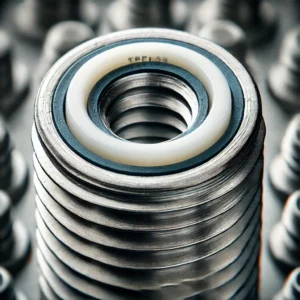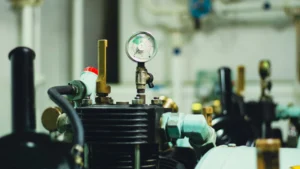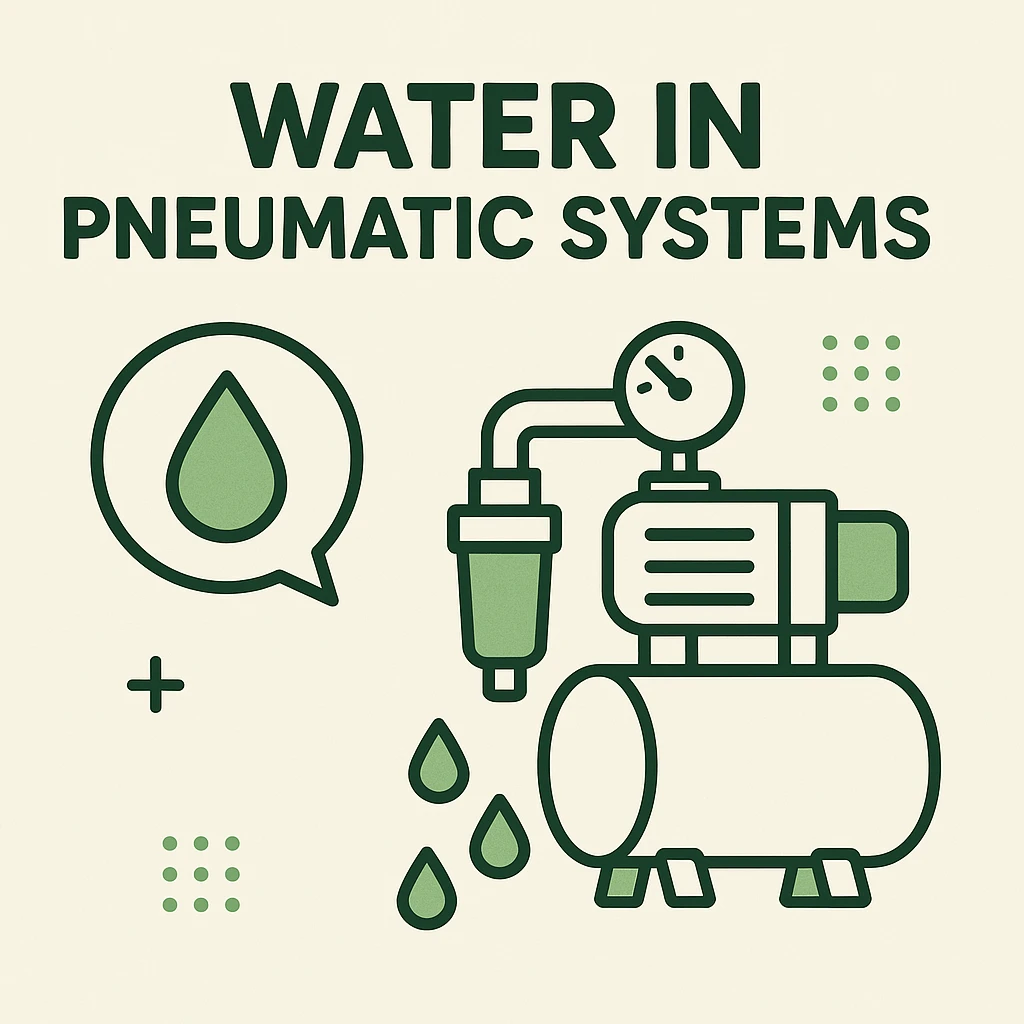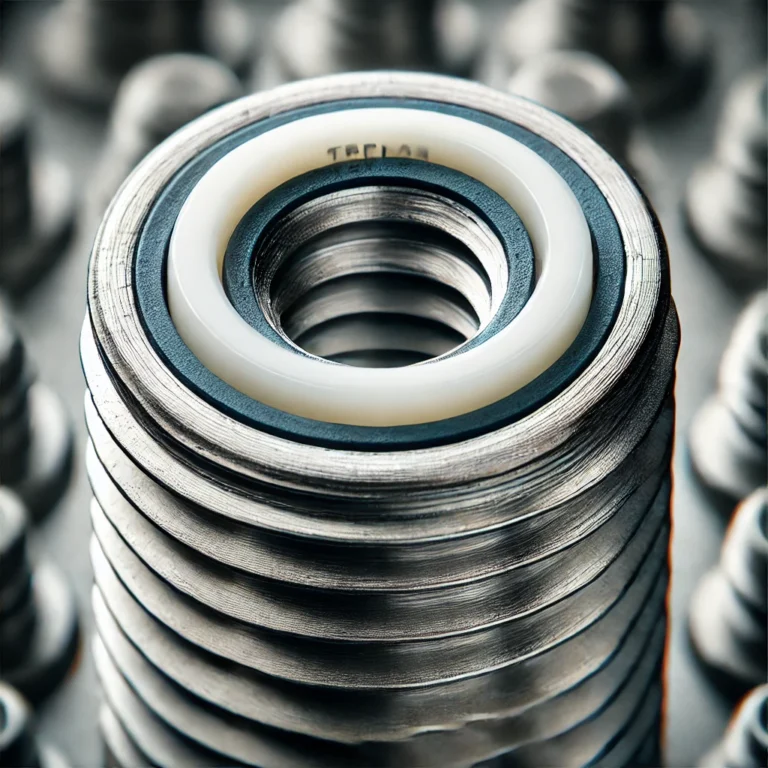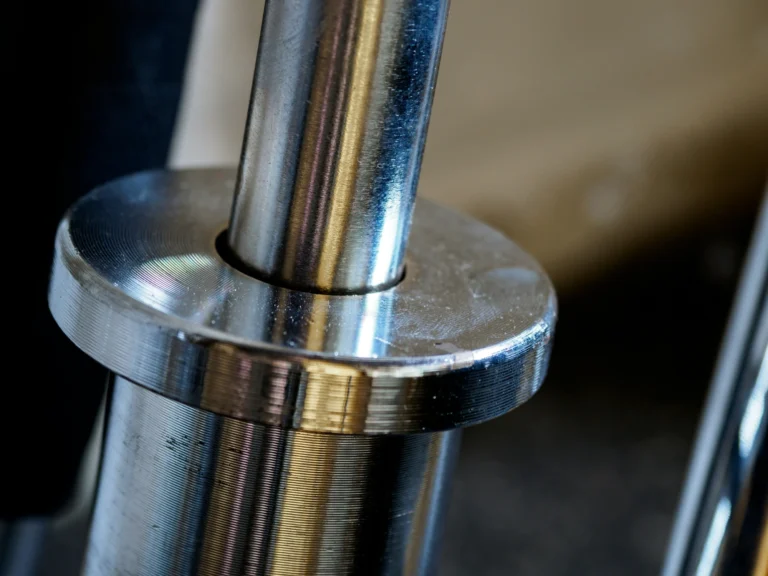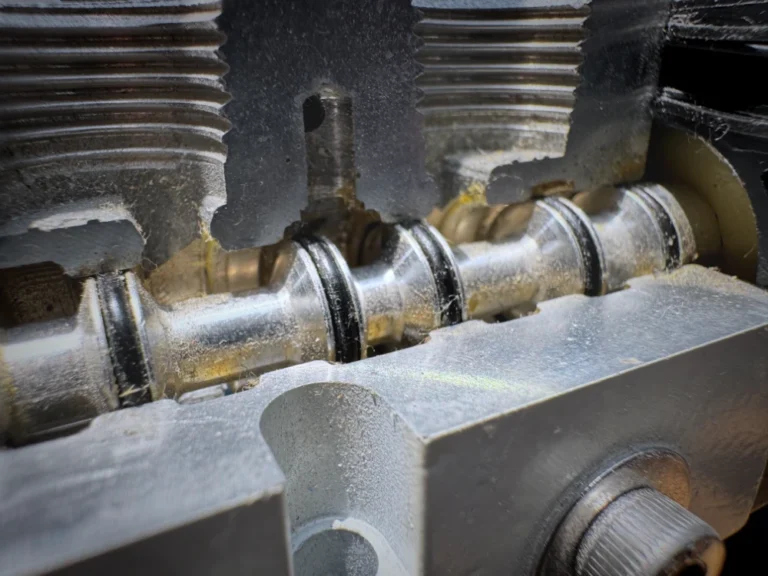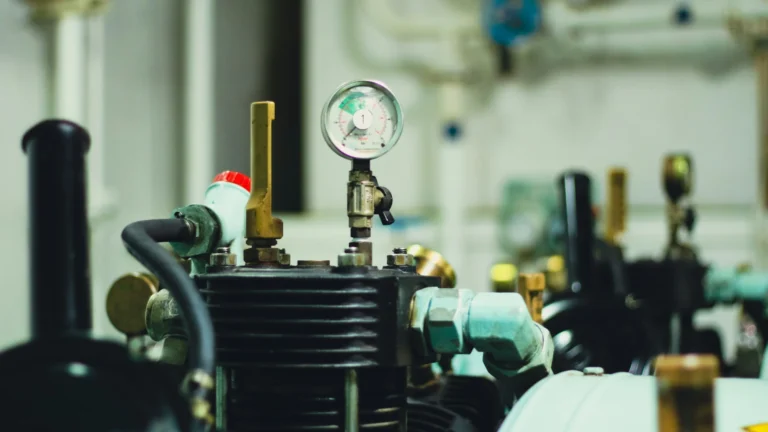A pneumatic system operates by compressing air, which causes the moisture in the air to condense into water during the compression process. Below are the main reasons why water forms in a pneumatic system.
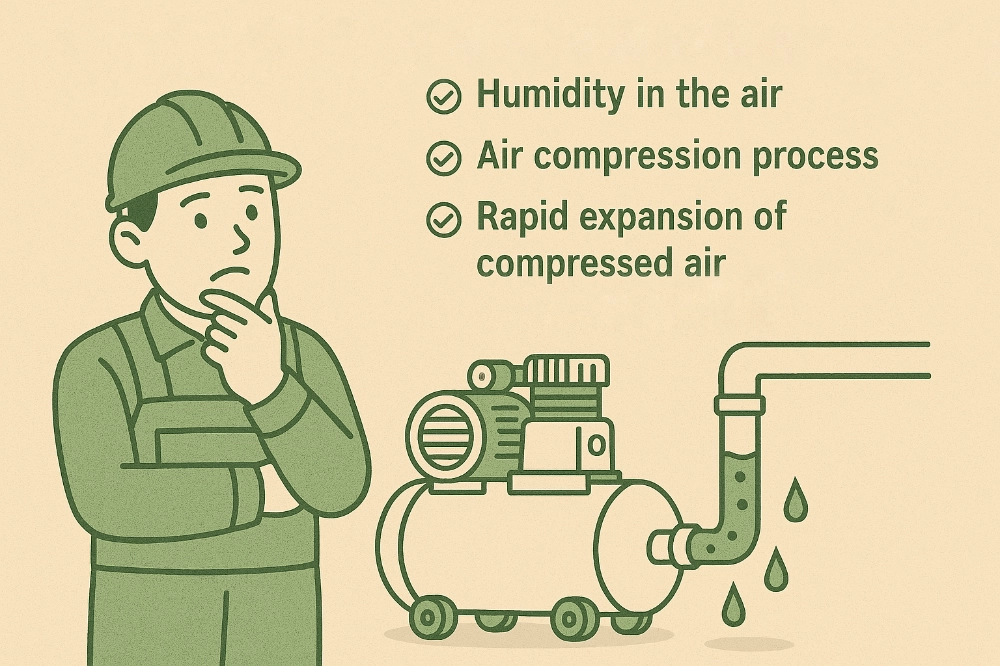
Reasons for water in the pneumatic system
1. Humidity in the Air
The atmosphere contains a certain amount of moisture. The higher the relative humidity in the air, the more water will be generated during the compression process.
2. Air Compression Process
When air is compressed, its volume decreases, and its temperature rises. However, as the compressed air cools down, the saturated water vapor condenses into water droplets. This effect is more pronounced when compressed air travels through piping and experiences a temperature drop.
3. Rapid Expansion of Compressed Air
When compressed air expands rapidly in a pneumatic system, the sudden drop in temperature can cause the moisture within the air to turn into liquid form.
4. Cooling Effects within the System
As compressed air travels through piping, it may encounter cooler environments, causing condensation to occur more easily. This is especially concerning in winter or areas with cooling equipment installed.
Problems Caused by Water in a Pneumatic System
The accumulation of water in a pneumatic system can lead to various problems.
✔️ Corrosion Issues: Pipes and pneumatic components can rust, reducing the lifespan of the system.
✔️ Performance Degradation: If water enters pneumatic valves or cylinders, normal operation may become difficult.
✔️ Lubrication Problems: Moisture in compressed air can wash away lubricants, increasing friction and wear.
✔️ Freezing Issues: In winter, condensed water can freeze, preventing the pneumatic equipment from functioning properly.
Methods to Remove Moisture from a Pneumatic System
To effectively remove water from a pneumatic system, the following methods can be applied.
1. Use an Air Dryer
An air dryer removes moisture from compressed air. There are two main types: refrigerated air dryers and desiccant air dryers. Selecting the right one based on the system’s requirements is crucial.
2. Install an Air Filter
Installing a pre-filter (water separator) can help remove moisture and reduce condensation. Using a precision filter after the primary filter can further enhance effectiveness.
3. Utilize an Automatic Drain Valve
Installing an automatic drain valve in air tanks or filters allows accumulated water to be discharged automatically.
4. Optimize Piping Design
When installing pipes, applying a proper slope can help drain condensed water naturally, preventing water buildup.
5. Maintain Proper Air Temperature
Preventing compressed air from being exposed to excessively cold environments by using insulation or adjusting the pipe layout can effectively reduce condensation.
Conclusion
Water formation in a pneumatic system is a natural phenomenon, but if left unmanaged, it can lead to performance degradation and system failure. Therefore, utilizing proper solutions such as air dryers, filters, and automatic drain valves is essential to remove moisture. Additionally, optimizing piping design to prevent water accumulation is crucial.
Regular inspections and maintenance are key to ensuring the long-term efficiency of a pneumatic system!



